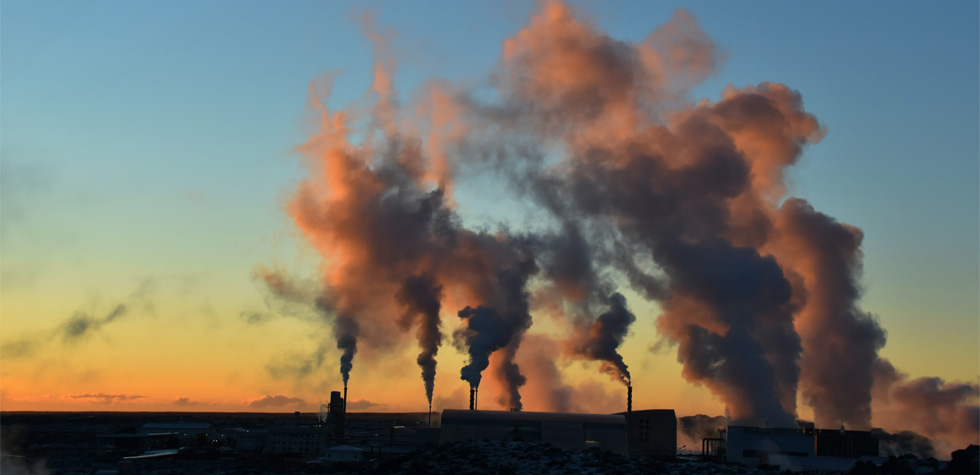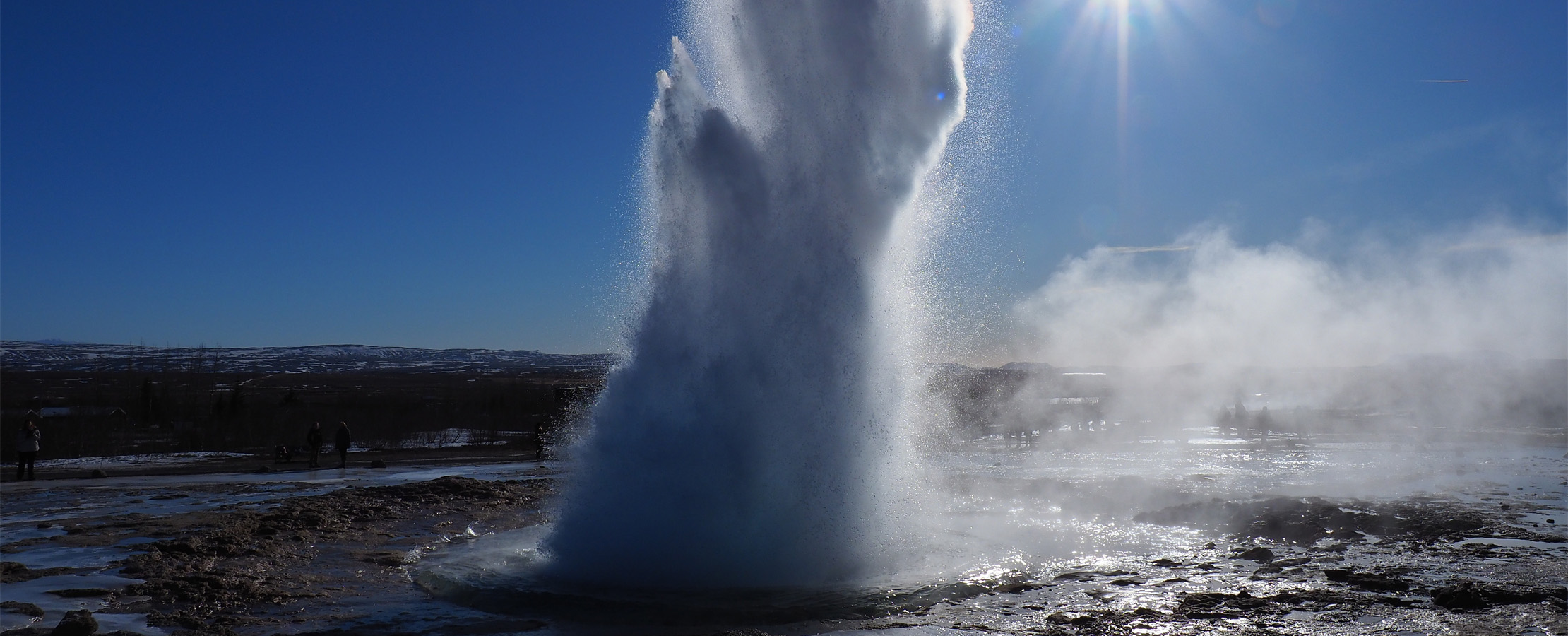Untapped Potential: What is Geothermal Energy and Where is it Going?
The earth itself is one of our greatest untapped sources of energy. Here are five things to know about geothermal energy: from where it's big to where it's going.
The earth contains a vast store of thermal energy. Hot water and steam can be used for heating or to generate electricity – in fact, the earth contains more than enough to supply all of our energy needs. However, only a tiny fraction is currently being used.
1. Geothermal energy is on the rise – but slowly
Geothermal reached almost 16GW of installed capacity last year: an increase of 1.6GW on the year before. In the context of climate action, however, this growth is not fast enough. According to the IEA, ‘much more effort’ is needed to ramp up geothermal electricity production to help keep temperature rises to within the 1.5°C target of the Paris Agreement. Geothermal capacity will need to increase by around 3.6GW annually throughout the 2020s to stay on track.
Geothermal also remains relatively small compared with other renewables. For instance, the world saw 168GW of new solar capacity in 2021 alone – ten times greater than the total geothermal capacity in existence.
2. Indonesia, Kenya and Turkey lead in geothermal electricity generation
Over the past five years, Indonesia, Kenya, and Turkey have been responsible for the majority of new geothermal capacity. They are expected to continue to lead, having abundant and accessible geothermal resources. Kenya, which has the largest share of its electricity generation from geothermal energy (48 percent), has made it a pillar of its economic development plan: Kenya Vision 2030. It plans to reach 5GW of geothermal capacity by the end of the decade.
Other countries in which geothermal is a major energy source include El Salvador, New Zealand, the Philippines and Iceland, where it meets over 90 percent of heating demand.
3. There are many ways to harness geothermal energy
There is an enormous variety of technologies for exploiting geothermal energy, ranging from millennia-old heating systems to cutting-edge approaches to electricity generation.
In general terms, systems that directly use hot water from the ground for heating purposes are considered mature, as is electricity generation from permeable hot-water reservoirs – where steam is piped from these underground sources to a nearby power plant to turn generators, converting thermal energy into electrical energy.
On the other end of the scale are emerging technologies such as Enhanced Geothermal Systems, which enhance the permeability of rock, and are used on sites where hot water is less accessible.

4. Natural conditions present a challenge
Although geothermal energy can in theory be accessed from anywhere in the world, in reality only a few sites have the natural conditions for easy exploitation of this resource – hot-water reservoirs relatively near the surface, which tend to be in tectonically active areas, such as the ‘Ring of Fire’ circling the Pacific Ocean. Past a certain depth, conventional drilling becomes impractical and expensive due to the temperature and hardness of the earth’s crust wearing down equipment.
However, the development of new drilling technologies in recent years could make geothermal energy accessible to far more people.
5. Some exciting R&D is underway
Eavor recently secured $40m in investment, largely from fossil fuel giants, to develop an experimental geothermal power system that works like a gigantic underground radiator, meaning water does not need to be pumped to the surface. Meanwhile, researchers from MIT are exploring the possibility of using a tried-and-tested tool (a gyrotron) to vaporize rock and create the world’s deepest holes from which geothermal energy can be harvested.






